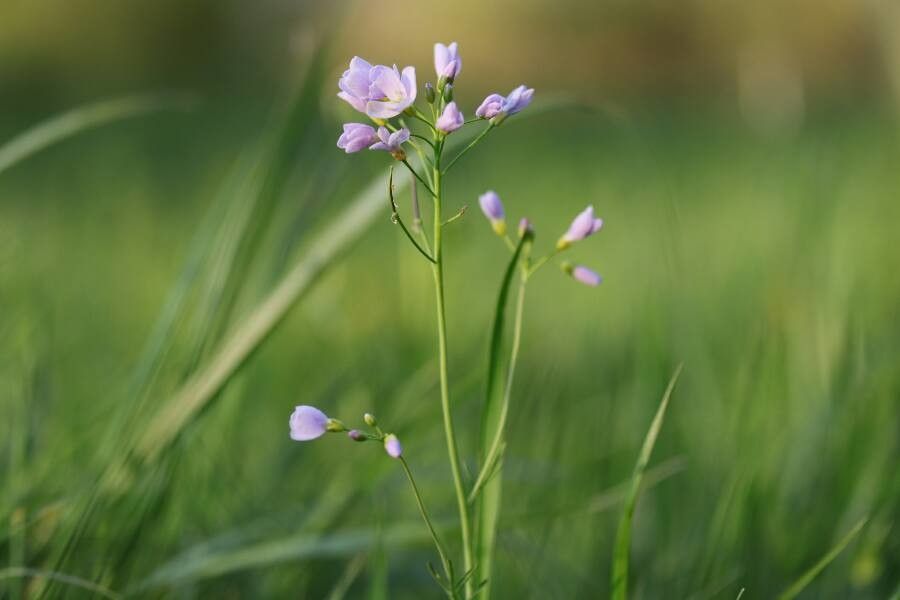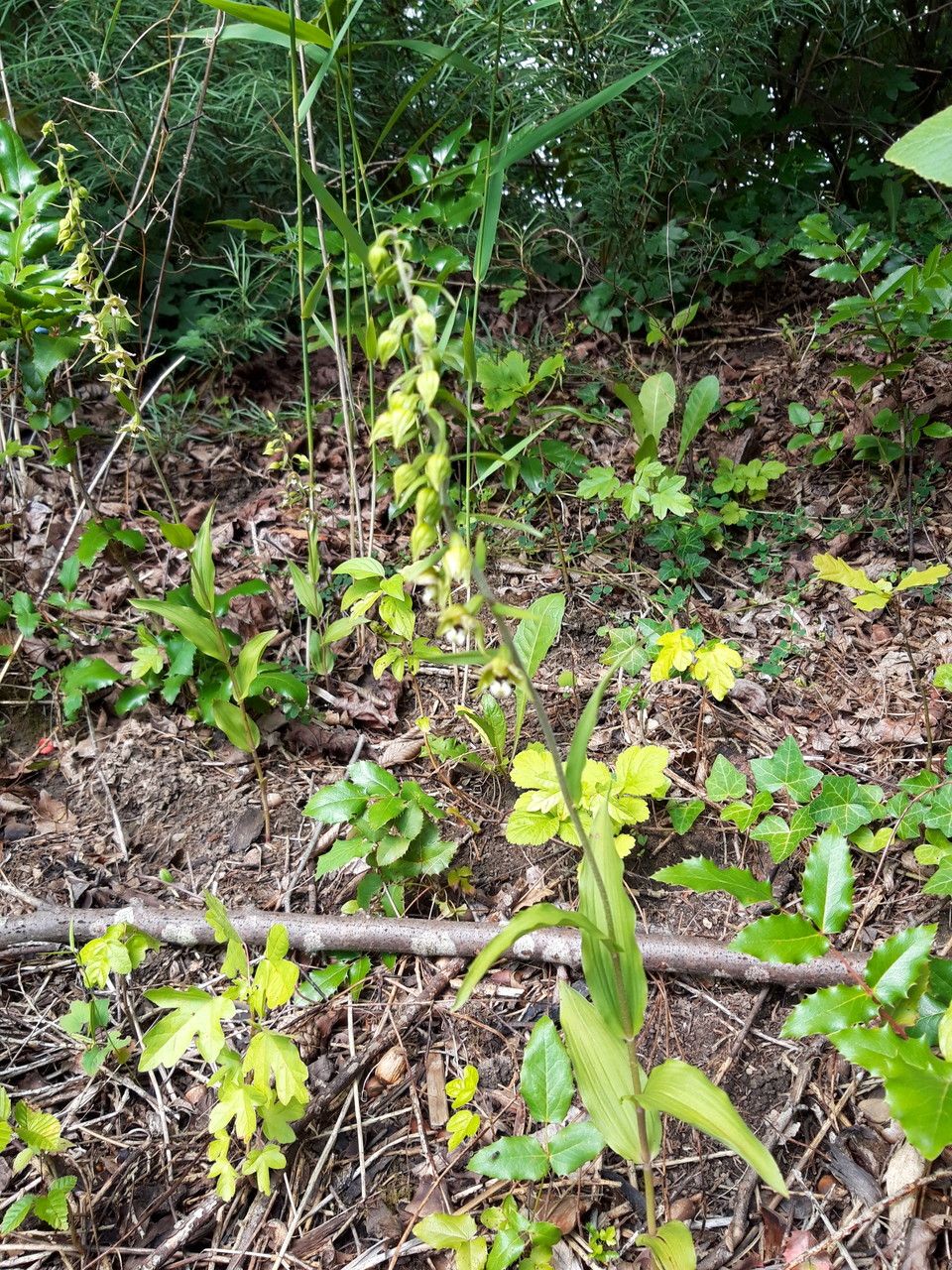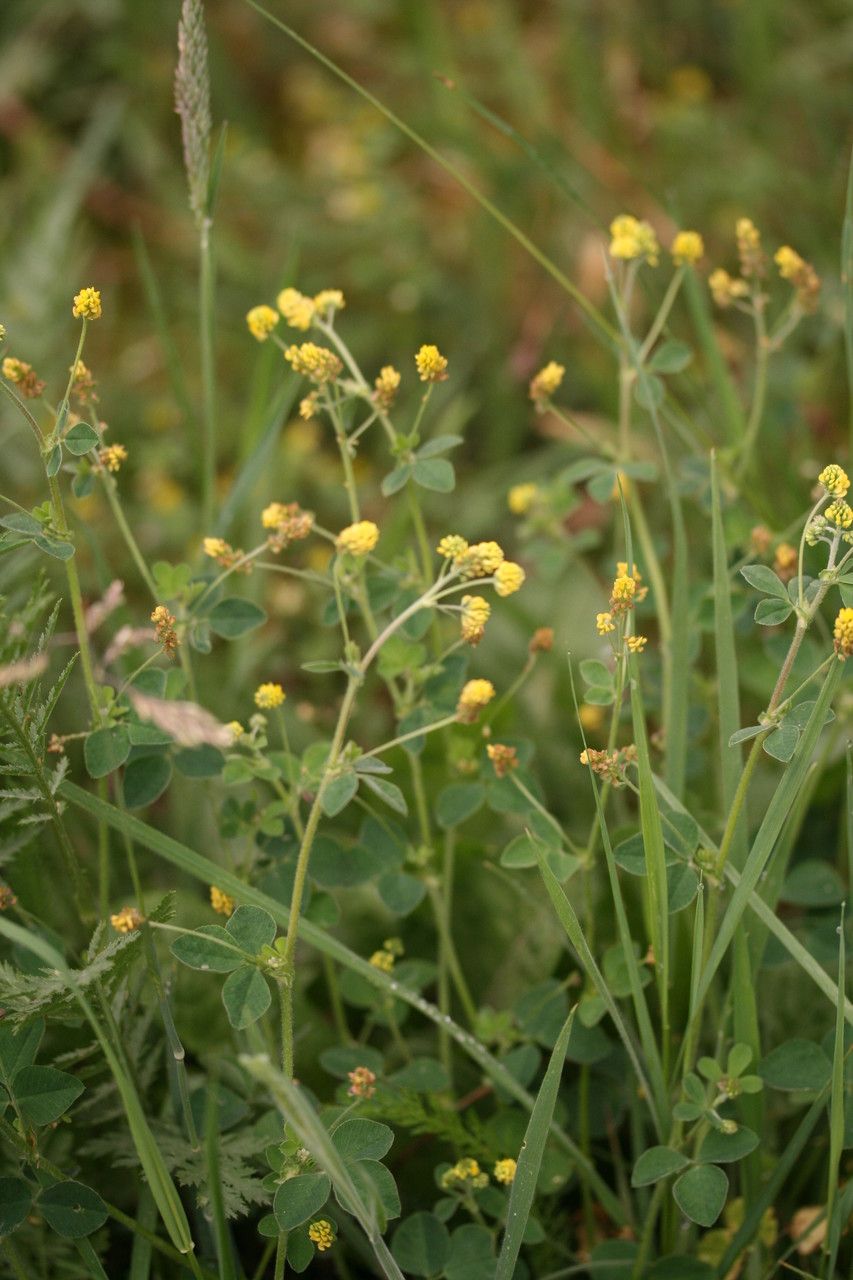## Meadow Cress: A Springtime Delight
Meadow cress ( *Cardamine pratensis*) is a charming wildflower belonging to the Brassicaceae family, better known as the mustard or cabbage family. Its vibrant purple, pink, or white flowers herald the arrival of spring, brightening meadows and damp areas across Europe and parts of Asia. This captivating plant isn't just visually appealing; it also holds a place in culinary and historical contexts.
### Habitat and Growth
Meadow cress thrives in damp, fertile soils, often found in meadows, pastures, and alongside streams and rivers. It prefers full sun to partial shade and is a relatively low-maintenance plant. It typically grows to a height of 15-60cm (6-24 inches), forming a clump of basal leaves from which the flowering stems emerge. The flowers are arranged in racemes – clusters of blossoms on a central stem.
### Identifying Meadow Cress
Distinguishing meadow cress from other wildflowers is relatively straightforward. Look for the following characteristics:
* **Leaves:** Basal leaves are pinnate, meaning they are divided into several leaflets arranged along a central stem. They have a rounded shape and are often slightly hairy.
* **Flowers:** The flowers are four-petaled, cruciform (cross-shaped), and typically purple, pink, or white. Variations in color can occur depending on location and environmental factors.
* **Stems:** Flowering stems are erect and unbranched, emerging from a basal rosette of leaves.
* **Habitat:** As mentioned, it prefers moist, fertile soils in meadows and damp areas.
### Cultivating Meadow Cress
While meadow cress is a wildflower, it can be successfully cultivated in gardens. Plant seeds directly into moist, well-drained soil in spring or autumn. Ensure the soil remains consistently moist but not waterlogged. While it prefers full sun, it tolerates partial shade. Meadow cress is a relatively self-seeding plant, so once established, it often returns year after year.
### Culinary and Historical Uses
Historically, meadow cress has been used as a spring tonic and as a food source. The young leaves have a peppery, slightly mustardy flavor. They can be added to salads, sandwiches, or used as a garnish. However, ensure you correctly identify the plant before consumption, as some members of the Brassicaceae family are toxic.
### Pests and Diseases
Meadow cress is relatively pest and disease resistant, making it a low-maintenance addition to any garden or wildflower meadow. However, like all plants, it can be susceptible to fungal diseases if the soil is poorly drained or excessively wet.
### Conclusion
Meadow cress is a beautiful and resilient wildflower that offers both aesthetic and culinary appeal. Its easy cultivation and low-maintenance nature make it an excellent choice for gardeners of all skill levels, especially those looking to add a touch of vibrant springtime color to their gardens.
Meadow Cress: Planting, Care & Identification Guide

Frequently Asked Questions
How do I grow meadow cress from seed?
Sow seeds directly into moist, well-drained soil in spring or autumn. Maintain consistent moisture but avoid waterlogging. The seeds will germinate relatively quickly, and the plants will typically flower in spring.
Is meadow cress edible?
Yes, the young leaves of meadow cress are edible and have a peppery, slightly mustardy flavor. They can be added to salads or used as a garnish. However, always positively identify the plant before consumption to avoid accidental ingestion of poisonous lookalikes.


